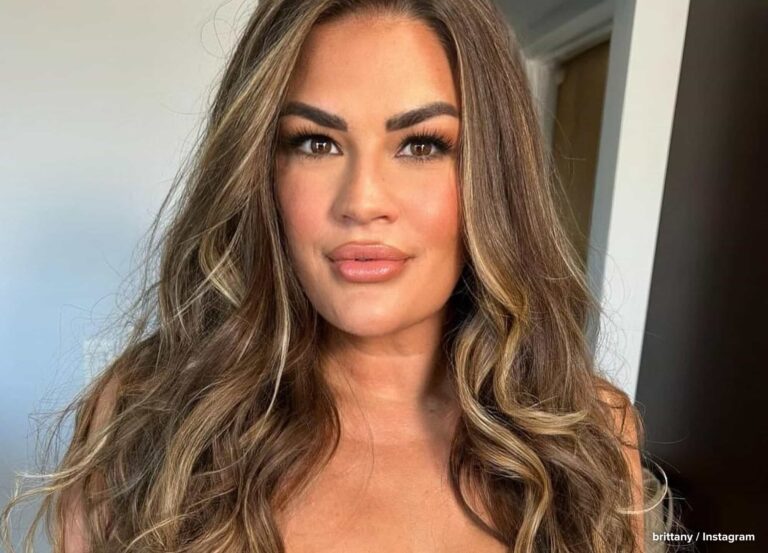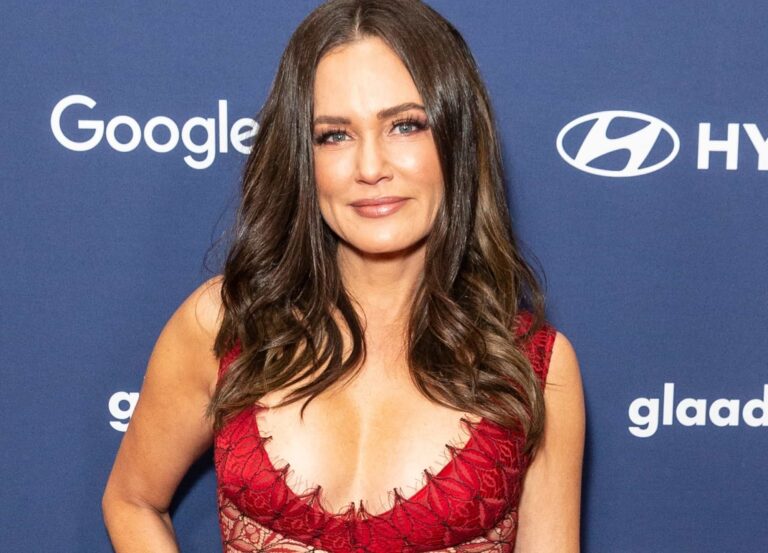There’s a fine line between appearing cheap and wanting to understand the breakdown of your bill. The guy who obsessively runs down every item on the restaurant check to make sure there isn’t a single dollar unaccounted for? Not a great look. But when you’re spending thousands upon thousands for plastic surgery, it’s financially wise to want to know exactly where your money is going and to make sure you’re not being taken advantage of. Because unlike shopping at a store, there isn’t a fixed price for a breast augmentation; negotiations can be conducted, extra fees can be tacked on at the last minute, and going from a city practice to a suburban practice can mean significant savings. We asked two plastic surgeons to share seven factors that can increase the cost of your breast augmentation.
How much does breast augmentation cost?
The average cost of breast augmentation with implants is $6,500, but RealSelf members report a range from $3,600 to $9,250. Pricing is largely dependent on your location and your doctor’s qualifications, but there are a number of other, more surprising factors that can play a role too.
The time of year
Between the unused vacation days that won’t roll over, the long break between Christmas and New Year’s, and the weather that requires full-coverage clothing, the holiday season is the ideal time to recover from plastic surgery… which means it’s when everyone wants to book their plastic surgery. “Many surgeons have increased pricing around the holiday period because there is increased demand during this time,” says Dr. Daniel Barrett, a board-certified plastic surgeon in Beverly Hills, California. “It’s just like any other commodity or product—prices go up as demand goes up. And so there are many surgeons who will operate on weekends and late into the evening, to try to match that demand, but prices also go up during this time.” If you’re looking to save money, he recommends booking at the beginning of the year or during the summer.
Dr. Dana Khuthaila, a board-certified plastic surgeon in New York City, adds that some places may offer discounts on breast augmentations in the spring, “when people are thinking ahead to bikinis and summer weather.”
The patient’s demeanor and appearance
The one hidden-cost secret your doctor will never admit to? They might be upcharging you based on what you say and do during your consultation. According to Dr. Barrett, “Many plastic surgeons are known to increase pricing if they feel that you might be somewhat of a difficult patient.” That could look like someone who “asks a million questions over and over, despite getting answers,” is “anxious or overbearing,” or has a long history of previous surgeries. Another tip: “Many plastic surgery coordinators will check where you live, the clothing you’re wearing, the bag that you have, or the jewelry that you’re wearing, and they might use that to inflate the price,” says Dr. Barrett, emphasizing that his office charges everyone the same price, no matter what. “But the sizing up is something to be aware of, if you’re looking for the best price, so it’s best to go to your consultation with neutral clothing and no excessive or flashy jewelry.”
The type of implant
Across manufacturers, saline implants are much less expensive than silicone implants, and smooth silicone implants are much less expensive than the textured silicone ones. But you shouldn’t pick the cheapest just to lower the overall price. “I don’t want patients’ decisions to be altered by cost, so that doesn’t come up at the beginning of the consultation,” says Dr. Khuthaila. “I listen to my patients, and I ask, ‘What is your goal? What shape and size? What are you looking for?’ Then the main question is, ‘Do you want saline or silicone?’”
Saline implants are cheap because they’re simply a shell that gets inserted into the breast and filled with saltwater, whereas textured silicone implants are more tailor-made. “They’re anatomical and three-dimensional, with a height, width, and projection. Manufacturers make a limited number of them,” says Dr. Khuthaila. More patients opt for silicone implants over saline because they look and feel more like a natural breast, but saline implants are safer in cases of rupture and pose a significantly lower risk of capsular contracture.
Related: Silicone or Saline? 5 Things to Know About Picking the Right Breast Implants
The level of anesthesia
The majority of breast augmentations are performed under general anesthesia, but it’s not unheard of to do the procedure under local anesthesia. Depending on your location, you can save anywhere from $400 to $700 an hour by skipping the anesthesiologist fee—however, it’s not recommended. “It’s been my experience that patients who have undergone breast augmentation under local experience a lot of pain and it’s a traumatic event for them,” says Dr. Barrett. “I caution people who are considering this, because the surgeon will have a difficult time focusing on giving you the correct operation because they’re worried about not causing you pain.” If your doctor offers local only, be wary, he adds. “Many surgeons who are not board-certified cannot use ambulatory surgery centers and anesthesia services. That’s why they do this procedure, or try to, under local in their office.”
Twilight anesthesia, or conscious sedation, is an option for those who don’t want to go under general for other reasons; but it won’t lower the cost of your procedure, since it still requires an anesthesiologist on hand, to administer it and monitor vitals.
The amount of time the surgery takes
For the most part, you should know the total cost you’ll be charged before being wheeled into the operating room, but there could be unexpected fees if things go into overtime. “I explain to my patients that the procedure is going to take me an average time and will cost this much, but time increases cost,” says Dr. Khuthaila. “I’ve heard of practices that say, ‘This is how much it’s going to cost for the procedure,’ then when you wake up, you pay the anesthesia fee and the facility fee, [which depend] on how long it took. I don’t like that technique, because I don’t want patients to have surprises as they wake up from anesthesia, but of course, if something unexpected happens during surgery, like [excessive] bleeding or I find a lesion and take a biopsy, those could be additional costs.”
Dr. Barrett adds, “If surgeons encounter an unanticipated problem that the patient did not alert them to previously, that requires them to spend more time and resources to fix the problem, many are most likely going to transfer that to the patient postoperatively, in terms of cost.” He recommends being fully transparent with your doctor about all previous surgeries and medical issues you’ve had so there are no surprises.
Related: The 6 Most Common Reasons a Plastic Surgeon Will Turn You Down for Breast Augmentation
Fat transfer versus implants
Speaking of time, a fat transfer breast augmentation costs more than breast augmentation with implants because it’s “basically two procedures in one,” says Dr. Khuthaila. “Liposuction takes time, then injecting the fat takes time.” With an implant, you’re picking a product up off a shelf and putting it in, notes Dr. Barrett, whereas harvesting fat is starting from scratch.
Post-op care essentials
They’re minor additional costs in the grand scheme, but you should factor prescription pain medication, garment bras, and scar cream or silicone gel sheets into your breast augmentation surgery cost. Many doctors will provide you with a post-op care package of sorts—Dr. Khuthaila gives all her patients the garment, which can cost $20 to $60—but you want to be prepared and have everything ready when you get home.











